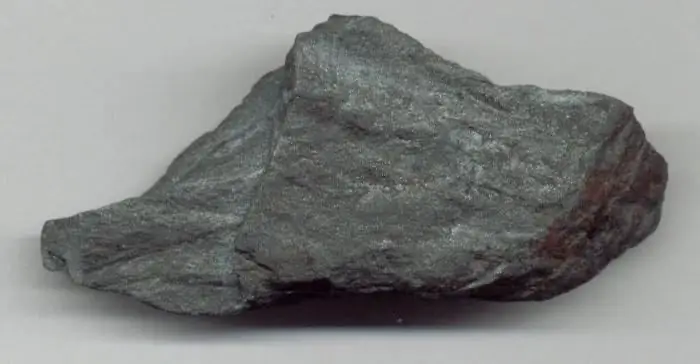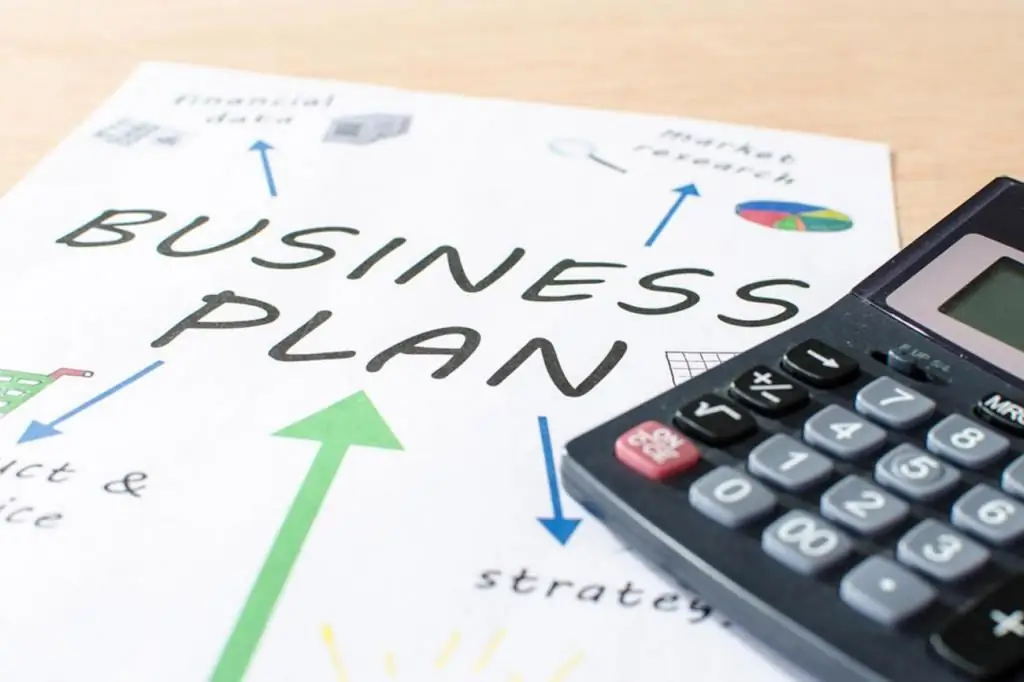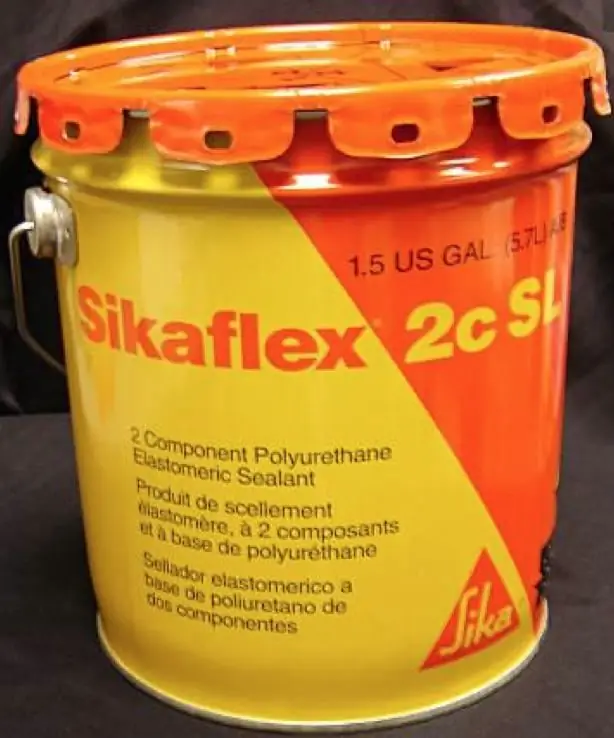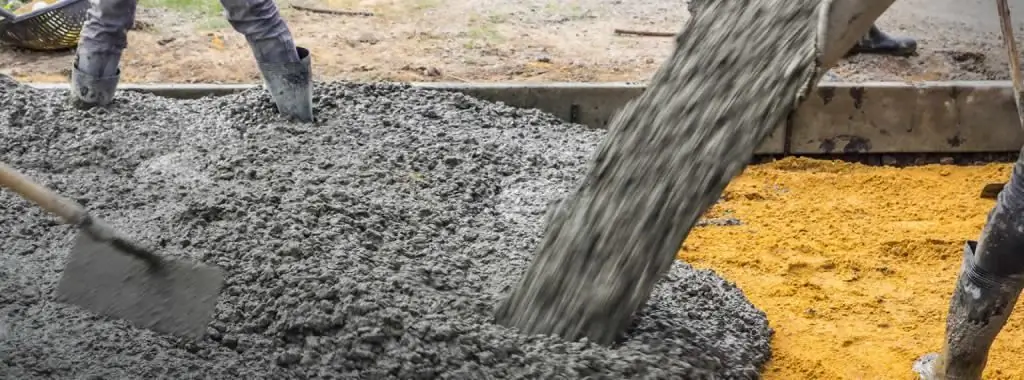2026 Author: Howard Calhoun | [email protected]. Last modified: 2025-01-24 13:10:38
In everyday life, cardboard is all around us. Most often, the association develops with the packaging of food, toys, shoes, etc. But in fact, this material is used in industry, construction, design, printing and other industries. We will consider the types of cardboard, its properties and applications in detail.
Definition
The word cardboard has Italian roots and means "solid". In our country, GOST R 53636-2009 “Pulp, paper, cardboard. Terms and definitions" regulates as follows: "In a general sense, the term "paper" can also be applied to the concept of "cardboard". The difference between paper and paperboard is primarily based on an assessment of their thickness or area mass of 1 m2, and in some cases also their purpose. The raw material for the production of cardboard is hard wood fibers. Thus, cardboard is the same paper, but has more weight and density. With such a fuzzy definition, the boundary of a clear definition disappears. In practice, there is paper of increased strength, thickness and thin cardboard.
Featuresstructures
All types of cardboard have one thing in common - layering.

The outer layers (bottom and top) consist of bleached or unbleached pulp, wood pulp or pre-bleached waste paper. And the internal filling is made from cheaper fillers: production waste, waste paper, unbleached waste paper.

It should be noted that the lower and upper layers can be duplicated (be two or three layers). The cost of the material is determined by the raw material and the required output characteristics. Based on several properties, a material is conditionally classified.
Classification of cardboard
There are several options, including German and European. In our country you can find these:
- By type of raw material: pulp (cardboard from virgin raw materials), waste paper, kraft cardboard.
- By production method: coated, uncoated, cast coated, chrome ersatz, chrome cardboard, duplex cardboard, triplex cardboard, cellulose.
- By purpose: container, printing, filtering, for light industry, technical, construction.
- According to the all-Russian classification: packaging, light and printing industry, technical for various purposes, construction, filtering, automotive, other.
The European classification has a letter designation and separates the types of cardboard according to the production method.

Anyway for everyoneapplication requires certain characteristics.
Properties
GOST R 53636-2009 gives a complete list of characteristics of cardboard and paper with references to regulatory documents. The main ones include the following:
- white;
- wet strength;
- humidity (presence of water in the material);
- durability;
- hardness;
- flexural stiffness;
- fat permeability;
- strength;
- weight;
- density, etc.
As you can see, in order to select certain types of cardboard for a particular application, a fairly large range of characteristics is taken into account. Which ones? This will be discussed further.
Cardboard. Types and properties
Let's consider the main classification by raw materials in conjunction with properties:
- Cellulose cardboard. Distinctive feature: it produces high-quality printing. And since primary raw materials are used, the areas of application are food, light industry, and printing. Such products are distinguished by a fairly high price and good strength properties. Therefore, they are used for exclusive goods, printing and packaging.
- Waste cardboard. It has less rigidity and low price. Can be used in various activities. When choosing, you should take a thicker option so that when the price of the material decreases, the strength characteristics are preserved.
- Kraft cardboard. Refers to pure pulp production. Possesses the increased strength characteristics at the low price. A distinctive feature - the inside is unbleached.

More often used for consumer goods. Food products require additionalisolation of the product from contact with the packaging.
Special Applications
Kids creativity and design are two popular uses for colored cardboard.

And if earlier it was presented in the form of painted sheets, today the variety can please the most inquisitive mind and imagination. What types of colored cardboard are there?
- Regular color. It happens one-sided and two-sided. Typically used to create a background.
- With drawings. Usually, repeating patterns, elements are applied on a color background.
- Holographic. An unusual material, it expands the field of activity for both designers and children.
- Corrugated. It carries the functions of color, and even is voluminous. This material is used not only for crafts, but also for exclusive designer packaging, vintage interior decoration items.
Types of cardboard for packaging
This area is worth a closer look. Cardboard as packaging has firmly entered human life. Regardless of whether you visited a grocery, toy or household appliances store, you will pick up your purchase from everywhere in a cardboard box. There are the following types of packaging cardboard: thin and corrugated cardboard.

The second option could besingle layer and multilayer. Depends on the number of layers of corrugated cardboard. This is the most popular type of packaging material. As for thin cardboard, it has found its way into food packaging, exclusive perfumes, designer items, etc.
When choosing a packaging material, pay attention to the following characteristics:
- hardness;
- strength;
- barrier properties;
- puffiness;
- weight;
- raw material.
The popularity of carton packaging is due to its merits.
Benefits
The main advantages of cardboard packaging include:
- Sustainability. Either wood fibers or waste paper are used. In the first case, hygiene is observed, in the second, the forest area is preserved through recycling.
- Light weight, strength, rigidity. When compared with materials such as plastic boxes, metal boxes, cardboard wins in weight, which saves money on transportation.
- Ease of storage. Many people use cardboard containers several times. And when they don't need it, they lay it out and get flat sheets that do not take up much space.
- Recycling. This material is unique in that it can be recycled or simply disposed of without harming the environment.
- Low price. Of course, the cost depends on the raw material base used in the production of cardboard. But still, compared to other types of material, cardboard has a low value.
- A wide range of products allows you to make different types of cardboard boxes. These are both very small gift items and large ones for transporting furniture.
With such a list of advantages, of course, there are a couple of disadvantages: opacity; breaks down when exposed to moisture. The first problem is solved by inserting polymer films in the form of windows, the second - by special polymer coatings.

Cardboard will always be popular due to its unique properties and relatively low price. Another issue is nature conservation. If only deforestation is present, the environment will suffer.
Recommended:
Tax and tax payments - what is it? Classification, types, concept and types

Currently, the tax system is a set of taxes and fees established by the current legislation of the Russian Federation, which are levied in the budgets of different levels. This system is based on the principles provided by law. Let us consider in more detail the issues of essence, classification, functions and calculation of tax payments
Types of cast iron, classification, composition, properties, marking and application

The types of cast iron that exist today allow a person to create many products. Therefore, we will talk about this material in more detail in this article
Main types and types of business plans, their classification, structure and application in practice

Each business plan is unique, because it is developed for certain specific conditions. But you need to familiarize yourself with the features of various types of business plans in order to understand their key features. Experts recommend doing this before compiling your own similar document
Two-component polyurethane sealant: definition, creation, types and types, characteristics, properties and nuances of application

With long-term and high-quality sealing of seams and cracks, polyurethane two-component sealants have found their wide distribution. They have high deformation and elastic properties, therefore, they can be used as butt sealants in the field of repair and housing construction
Concrete mix: properties, composition, types, grades of concrete, characteristics, compliance with GOST standards and application

Among the main properties of the concrete mixture, which is also called hydrotechnical concrete, it is necessary to highlight the increased water resistance. Buildings are being built from this material to be used in swampy areas or in regions that are prone to flooding

